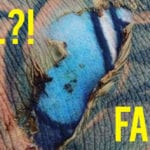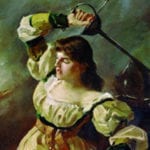 Technology
Technology  Technology
Technology  Humans
Humans 10 Everyday Human Behaviors That Are Actually Survival Instincts
 Animals
Animals 10 Animals That Humiliated and Harmed Historical Leaders
 History
History 10 Most Influential Protests in Modern History
 Creepy
Creepy 10 More Representations of Death from Myth, Legend, and Folktale
 Technology
Technology 10 Scientific Breakthroughs of 2025 That’ll Change Everything
 Our World
Our World 10 Ways Icelandic Culture Makes Other Countries Look Boring
 Misconceptions
Misconceptions 10 Common Misconceptions About the Victorian Era
 Mysteries
Mysteries 10 Strange Unexplained Mysteries of 2025
 Miscellaneous
Miscellaneous 10 of History’s Most Bell-Ringing Finishing Moves
 Technology
Technology Top 10 Everyday Tech Buzzwords That Hide a Darker Past
 Humans
Humans 10 Everyday Human Behaviors That Are Actually Survival Instincts
 Animals
Animals 10 Animals That Humiliated and Harmed Historical Leaders
Who's Behind Listverse?

Jamie Frater
Head Editor
Jamie founded Listverse due to an insatiable desire to share fascinating, obscure, and bizarre facts. He has been a guest speaker on numerous national radio and television stations and is a five time published author.
More About Us History
History 10 Most Influential Protests in Modern History
 Creepy
Creepy 10 More Representations of Death from Myth, Legend, and Folktale
 Technology
Technology 10 Scientific Breakthroughs of 2025 That’ll Change Everything
 Our World
Our World 10 Ways Icelandic Culture Makes Other Countries Look Boring
 Misconceptions
Misconceptions 10 Common Misconceptions About the Victorian Era
 Mysteries
Mysteries 10 Strange Unexplained Mysteries of 2025
 Miscellaneous
Miscellaneous 10 of History’s Most Bell-Ringing Finishing Moves
10 Tantalizing Tales Of Tattoos Throughout History
According to a poll by The New York Times, 21 percent of Americans had tattoos in 1999. Today, that number has increased dramatically as 40 percent now sport some sort of body ink.
For some people, tattoos may be symbolic, a form of rebellion, or even a channel of artistic impression. Whatever the reason, tattoos are not going anywhere anytime soon. Marking one’s body is neither a fad nor a new phenomenon as humans have been drawing on their bodies, willingly or not, since before they were writing words.
10 ‘Otzi The Iceman’
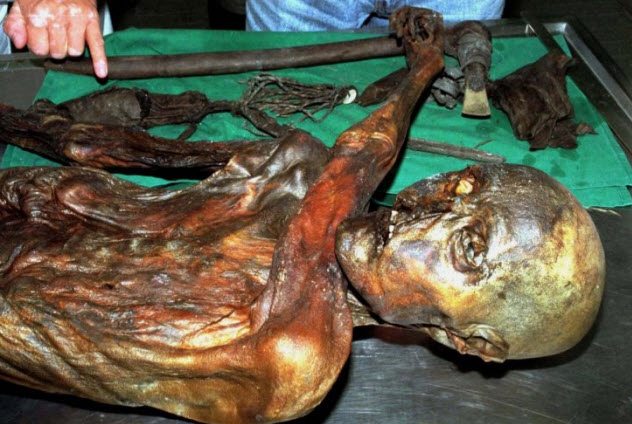
In 1991, two Germans were hiking across the Alps when they found a body in the ice and snow. They immediately reported it to the authorities. Everyone feared the worst—that the man had died in a mountaineering accident. They did not expect that examiners would discover that the man had been murdered—around 3500 BC. The couple had discovered the oldest intact human body ever found, nicknamed “Otzi the Iceman.”[1]
Otzi’s body has provided invaluable information on his way of life, including diet, lifestyle, and even how he died. (He was shot with an arrow and bludgeoned to death.) Scientists have also found that Otzi has a few tats—61 to be exact—although most are not visible to the naked eye due to his millennia of aging under the ice.
The majority of his body art appears to be a series of lines or Xs, created by cutting into the skin and rubbing charcoal into the wounds. Most of these marks are found along ligaments and joints, leading many to believe that the tattoos served more of a medicinal role. The tattoos were possibly applied to relieve joint pain in an even older and more intense version of acupuncture.
9 Mark Of Nobility
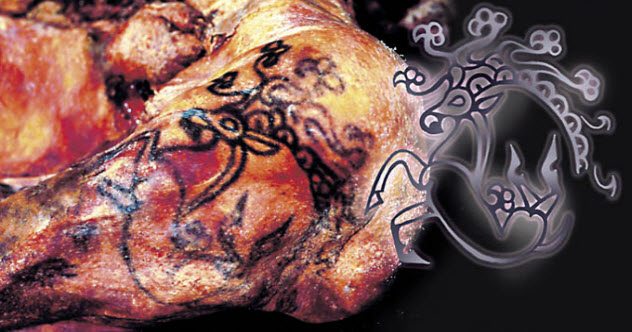
For around 2,500 years, the Ukok princess lay buried in a chamber beneath the Siberian ice alongside two warriors, most likely her bodyguards in both this world and the next. The princess probably died around age 25. She was part of the Pazyryk people and bore intricate tattoos on her left shoulder.
While tattoos may be considered taboo in some workplaces today, the Pazyryks wouldn’t be caught dead without them—literally. Tattoos were a sign of rank and wisdom in their society. More tattoos signified higher rank and greater life experience.[2]
The Pazyryks often sported tattoos on their shoulders, where they were readily visible for all to see. This was important not just in their everyday life but in the next life as well. Families often shared matching tattoos to make it easier to find each other in the afterlife. Much like the corny family shirts at Disney World, the dead could just point to their tattoos and ask if anyone had seen a similar one.
8 Form Of Punishment
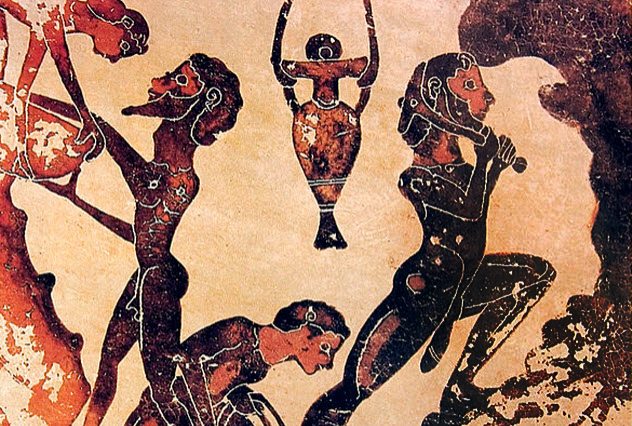
Herodotus wrote about tattoos in his homeland of fifth-century Greece in a much less accepting light. While a sign of status for the Pazyryks, body ink was looked at with the utmost disdain by the Greeks. In fact, it was reserved for slaves and criminals.
Many thieves and murderers were permanently marked with their crimes as a warning to everyone who interacted with them. The Thracian women, who willingly tattooed themselves, were described as “Mad Women” or “Raving Ones.”[3] The only tattoos not looked down upon by the Greeks were codes that wartime spies wore on their bodies to sneak information across enemy lines.
Runaway slaves were the most often marked with their crimes of trying to run to freedom. One tale told by historian Zonare describes two monks found to be speaking out against Emperor Theophilus in public. When word reached Theophilus, he had the men brought before him and inked 11 verses of vulgar iambic pentameter across their foreheads and faces.
7 The Tattooing Family Of The Crusaders
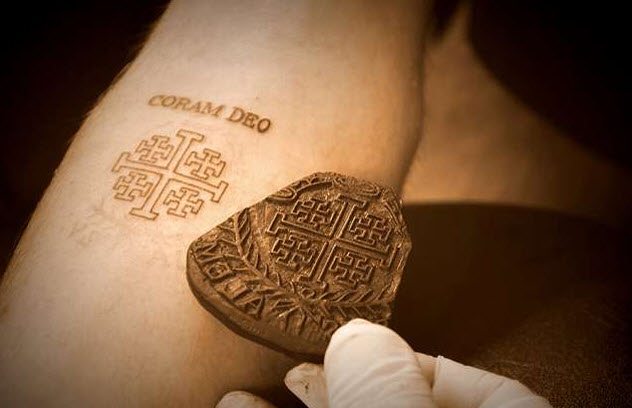
Within the old city of Jerusalem is a small shop run by a family that has provided visitors with permanent souvenirs for generations. The Razzouk family has been handing down their tattoo trade from father to son for 700 years.
The family still uses woodblocks that date back as far as the 1700s to trace their designs. Crusaders and pilgrims would often get ink to commemorate their trips to the Holy Land. Even royalty, such as King Edward VII of England and King Frederik IX of Denmark, were marked from their trips.[4]
In an area where religion is such a contested and often dangerous topic, it was also common for Coptic Christians to tattoo the Jerusalem cross (signified as a cross with a smaller cross in each quadrant) on their arms. They used this to mark themselves as Christians to gain entry to their churches. Due to this, some Christians would be tattooed as young as toddlers.
6 Maori

Today, the tribal tattoo is one of the most common styles. Usually depicted as black waves and lines, the style originated among the Maori of Oceania. Each tattoo told a rich, complex story.
A Maori’s facial tattoos are as unique to him as a fingerprint, telling not just his status but his family history as well. Different patterns signify different rankings and positions.
For example, the part of the tattoo on the center of the forehead designates one’s rank, while the markings on the temple show marital status. Patterns on the cheek represent one’s profession. The part of one’s facial tattoo under the nose was memorized by everyone in the tribe because it acted as one’s signature during transactions.
Only those of importance carried facial tattoos, but this does not mean that it was a totally pleasant experience. The designs of traditional Maori tattoos were cut into the face with a knife. Then a chisel dipped in pigment and a mallet were used to tap deep into the cuts.[5]
This left a raised tattoo when it was complete. While undergoing the long process, one could not talk or eat with his hands. Showing signs of pain was also considered dishonorable. The traditional method has been mostly abandoned for obvious reasons of infection and pain, but traditional artists can still be found in some areas.
5 Sailors
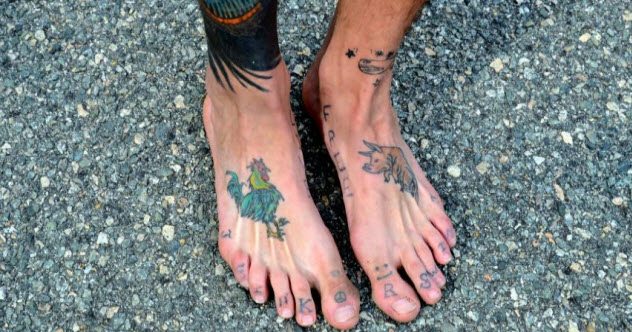
The striking tattoos of Pacific Island tribes such as the Maori actually helped to popularize body art. As Western sailors made their way east, they grew fond of the tattoos and began to create their own. The word “tattoo” comes from the Tahitian word tattau (“to mark”).
Tattoos first found popularity among sailors in the 17th and 18th centuries as a way to separate themselves from the folks on land. The tattoos were relatively simple at this time because the process was still quite painful. It involved needles bound together and dipped in a mixture of ink and gunpowder and often took place in a boat rocking back and forth upon the open sea.[6]
Much like the Maori or prison tattoos today, sailor’s tattoos were often symbolic of achievements or rank. Some examples include an anchor meaning that one has successfully crossed the Atlantic and a dragon signifying that the person has been to China. A turtle meant that the sailor had crossed the equator.
The more superstitious bore tattoos as talismans against drowning. A pig and rooster on opposite feet were common as neither animal can swim. The sailors hoped that such symbols would help them find shore quickly if the men were thrown overboard.
4 Olive Oatman
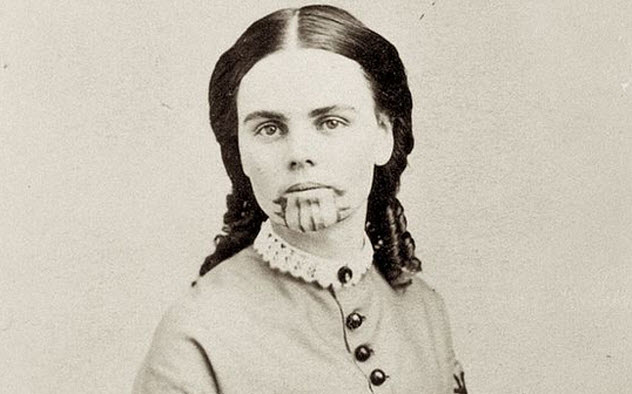
Fourteen-year-old Olive Oatman was traveling across Arizona with her family in 1851 when they were set upon by the Yavapai tribe. The Yavapai killed four of Olive’s siblings and her parents before taking her and her sister as captives. What happened after this point is uncertain.
Unknown to Olive and her sister, one of their brothers had survived the attack and spent the next four years looking for his sisters. In 1856, rumors of a young white woman living with the Mojave tribe led to messengers ransoming for her return. (Olive’s sister had died of starvation.)
The Mojave accepted, and Oatman was returned to Fort Yuma with two noticeable differences. When she arrived, she was wearing traditional Native American garments and five blue lines were tattooed across her chin with blue cactus ink.[7]
Oatman had a best-selling book written about her and gave public lectures about her time among the Native American tribes. Although she claimed that she was tattooed as a slave so that she could be easily identified if she tried to escape, she swore that she was never mistreated by the tribe.
According to Mojave culture, the tattoos she received were common among married woman in the tribe and were supposed to offer protection in the next life. As Olive grew older, she talked less positively about the Mojave. Whether a case of Stockholm syndrome or perhaps fear of ostracism from white society, only Olive fully knew what happened during her time with the Mojave.
3 Presidential Tattoos
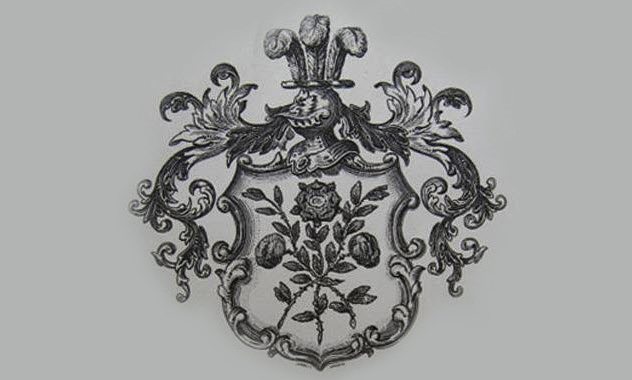
Despite the controversies of modern politics, the office of the president of the United States is a highly revered and respected position. The man in the Oval Office has been one of the most powerful leaders in the world for most of the country’s existence. But underneath all this pomp and circumstance, some of these men have been hiding some ink of their own.
The first president who is known to have sported a tattoo was Andrew Jackson. “Old Hickory” was rumored to have had a tattoo of a Native American tomahawk on his inner thigh, which is ironic considering his own role in the removal of Native Americans from their land.[8]
James K. Polk may not be as common of a household name today, but he had a tattoo that would not look out of place in 2017—the Chinese symbol for “eager.” An Internet fan favorite, Teddy Roosevelt was perhaps unsurprisingly rumored to be repping his family with a large Roosevelt family crest across his chest. He may not have been the only president to carry this specific tattoo as his nephew FDR was also said to sport it himself.
2 Scarification
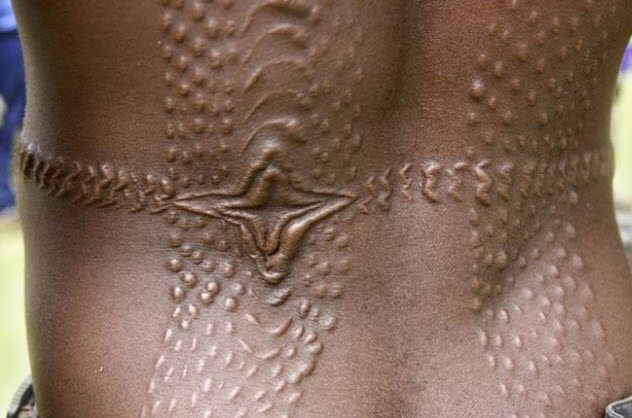
While not technically tattooing, scarification still deserves an honorable mention for serving the same function for many groups throughout history. Most commonly seen in West Africa, scarification was a popular practice in areas whose populations were too dark-skinned for tattoos to show up well.
Scarification was a more dangerous practice than tattooing—with the goal to discolor the skin and create raised scar tissue.[9] Incisions were first made, usually on the face, with a knife of glass, stone, or coconut shell.
After a pattern was created, the fresh wounds were covered in charcoal or an acidic plant juice to prevent proper healing. The individual being tattooed was expected to avoid showing any discomfort because the final product was a sign of great honor that one could withstand the pain.
These scars served similar purposes as other types of tattoos, symbolizing rank, wealth, marital status, and the number of children one had. The more scars a woman bore, the more beautiful she was considered in her tribe both aesthetically and through her strength.
1 Apo Whang-Od
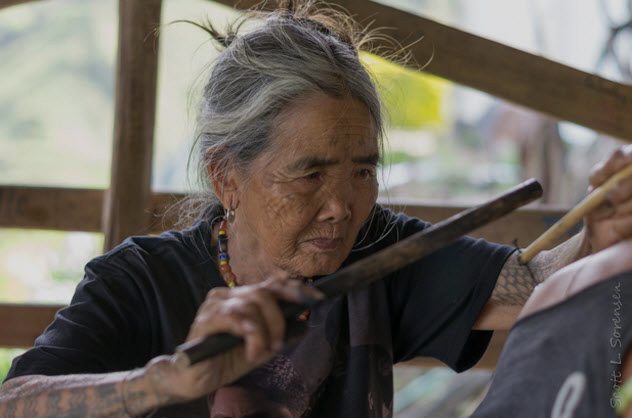
While electric needles dominate the tattoo world nowadays, a little old lady by the name of Apo Whang-Od is proving that there is still room for the old ways. Having turned 100 in 2017, Whang-Od is the last surviving master of the 1,000-year-old tattoo style of batok. This tattoo style involves tapping an ink-dipped thorn into the skin up to 100 times a minute.
Every village in the Kalinga region (north of Manila) used to have their own tattoo master to record important milestones, such as marriages and births, on the villagers’ skin. It is an ancient technique that tradition states can only be taught from mother to daughter.
Due to these strict rules and the changing times, the practice has died out over the last century, leaving only Whang-Od to carry on this cultural legacy. To preserve the art, she has begun training her 10-year-old grandniece in the ancient art.[10]
“Tattoos are one of our greatest treasures,” Whang-Od has said. “Unlike material things, no one can take them away from us when we die.” In 2015, Apo Whang-Od was nominated as a national living treasure.
Henry Cain recently got a new tattoo himself. He spends his free time reading, writing, and traveling the country.
Read about more mysterious tattoos on 10 Mysterious Ancient Tattoos and 10 Pop Culture Tattoos (And Their Secretly Ridiculous Meanings).

